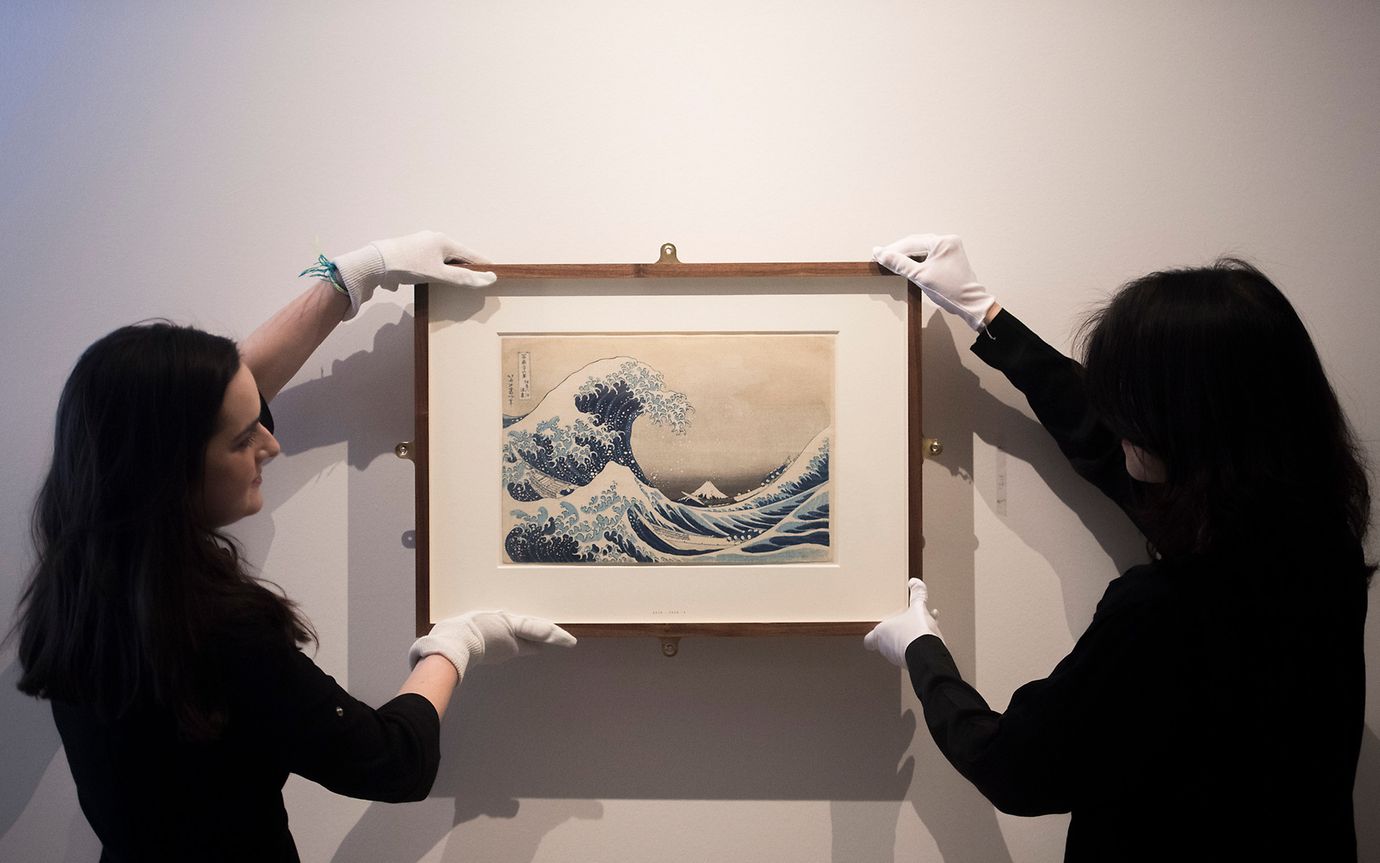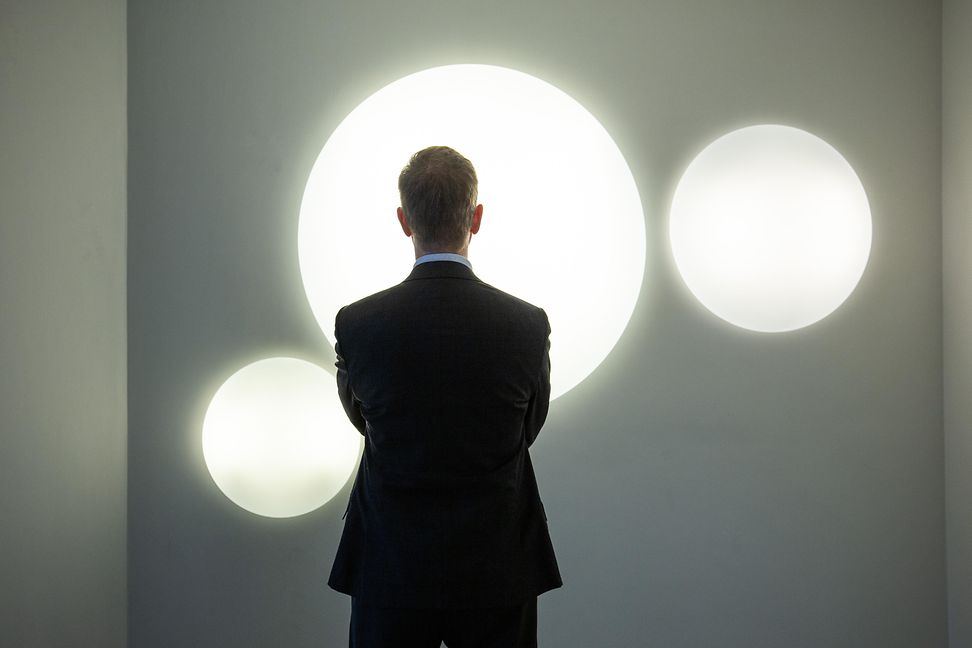You’ve probably heard about the non-fungible tokens (NFTs) craze. The much talked about yet little understood phenomenon catapulted from obscurity to an overnight sensation after American Artist Mike Winkelman, better known as Beeple, sold an NFT of digital collage of 5,000 photographs for $66 million at a Christie’s auction house last year.

In no time, celebrities, entertainers and athletes were jumping on the bandwagon. NFL quarterback Tom Brady, US Olympic gymnast Simone Biles and Tiger Woods created NFT video clips of their greatest sporting moments. TV talk show host Jimmy Fallon, Paris Hilton and Justin Bieber bragged about their NFT purchases. Twitter founder Jack Dorsey sold an NFT of the first ever tweet.
According to crypto research consultancy Chainalysis, the market for NFTs soared to $44.2 billion last year, up from $106 million in 2020. While Millennial gamers and crypto millionaires with fat wallets were the first to the party, high-net- worth collectors weren’t far behind. Of 2,339 HNWs surveyed for the 2022 Art Basel and UBS Global Art Market Report, some 74% had bought art-based NFTs in 2021 and 88% said they are interested in buying NFT-based artworks in the future.
Nothing better illustrates the NFT craze than the Bored Ape Yacht Club, or BAYC phenomenon. The collection consists of 10,000 computer-generated NFTs featuring cartoons of blasé simians in various costumes and colours.
When they were initially minted in April 2021, they cost just 0.08 Ethereum, about USD 192 at the time. A year later, the cheapest BAYC NFT sells on the trading platform OpenSea for about USD 290,000 - more than ten times the average price of all artworks sold at auction in 2021, according to the Art price 2021 Global Art Market Report released in March. In October, a Bored Ape sold at Sotheby’s for a record USD 3.4 million. A major factor driving their popularity was their use as avatars in social media and in the metaverse.
"It’s pure speculation and most of what we see in the current structure (of cryptocurrencies) is nonsense on stilts and NFTs just typify that", says Michael Every, an economist and strategist in Singapore at Rabobank, who does not cover this market. "When people stay at home and day trade, apes wearing sunglasses are essentially a lottery ticket."
Art insiders also say the speculative fever is creating an untenable situation. "It’s a house of cards," says Edie Hu, former Art Advisor at Citi Private Bank who now runs Centerpiece Art Advisory in Hong Kong.
She points out the astronomical sums paid for jpegs of a cartoon that anyone can download freely on the internet is pure madness. "Anyone who pays that much really needs to get their head examined. Even an extremely rare original Walt Disney hand-drawn Mickey Mouse "sel" from 1935 recently sold for only USD 85,000. I’d rather have that," she said.
Though buying an NFT minted on the blockchain guarantees ownership, it does not ensure authenticity. In February, popular trading platform OpenSea said it had removed 1,138 NFTs after artists including Damien Hirst and Anish Kapoor complained that the digital tokens had been linked to their physical works without their permission. Both Nike and Hermes have taken legal action against people who created unauthorised NFTs using their trademarks.
Trademark and intellectual property owners (and unwitting buyers of authorised NFTS) are gradually getting the same protections from digital infringements as they do in the physical realm. "Initially, trading platforms took no responsibility, but in e-commerce, the more astute and long-term thinking platforms are responding to take down notices", says Padraig Walsh, a partner at Tanner De Witt law firm specialising in Technology, Media and Telecommunications (TMT) in Hong Kong.
New York-based gallery owner, Todd Kramer, tweeted that he had been duped out of USD 2.2 million worth of NFTs in a phishing scam that accessed his digital wallet two months before an NFT collector named Larry Lawliet tweeted an estimated USD 2.7 million loss of digital tokens after one of the servers for traders of NFTs was hacked. In January, OpenSea discovered that 80 percent of NFTs minted on its free platform were fake or stolen.
Another popular scam is wash trading, whereby several crypto wallets belonging to the same owner who essentially buys and sells between them to manipulate prices and create the illusion of liquidity.

In the first reported law enforcement earlier this year, the U.S. Justice Department charged two men with fraud and money laundering USD 1.1 million in cryptocurrency, connected to a collection of NFTs called Frosties. After promising buyers tokens, rewards and giveaways (which should have been red flags for investors) as well as privileged access to a game on the Metaverse, the two siphoned most of the money to different cryptocurrency wallets.
Though buying an NFT minted on the blockchain guarantees ownership, it doesn’t necessarily ensure authenticity.
There are many legitimate artists creating NFTs, but collectors should exercise caution, do their own research and only invest as much as they are prepared to lose. If you are thinking of investing in NFTs, bear in mind that you already late to the party that is a volatile market.
The British Museum has minted NFTs of digital versions of watercolours by J.M.W. Turner and the 17th Japanese woodcut of Hokusai’s "Wave"; the Uffizi gallery created an NFT of Raphael’s "Madonna of the Goldfinch" and Vienna’s Belvedere Palace Museum turned Gustave Klimt’s iconic "The Kiss" into a digital grid consisting of 10,000 unique NFTs were offered at 1,850 Euros apiece on Valentine’s Day.
For further proof that the bubble may be close to bursting, look no further than Jack Dorsey’s NFT. When he first minted it in March 2021 it sold for USD 2.9 million. When the buyer tried to resell it on in April with an asking price of USD 48 million, the highest bid came in at just USD 277.
"The market has gotten off to a whirlwind start especially since traditional houses like Christie’s and Sotheby’s have gotten in on the act", says Mischel Gallo, Head Market Risk Management at LGT Private Bank.
"Just as in other markets, once the PFP NFTs (the use of NFT-generated avatars as profile pictures on social media) and prices normalise, the same will happen here. But I think purely NFT-based artworks could be a trend in the future."
Nevertheless, the market is bound to endure, he says. "Do we believe we will see a correction? Yes, but will it stop scammers from promoting the next big NFT collection? No!."
This article first appeared in MAG/NET.
Read more from The Brief.
This communication is provided for information purposes only. The information presented herein provides a general update on market conditions and is not intended and should not be construed as an offer, invitation, solicitation or recommendation to buy or sell any specific investment or participate in any investment (or other) strategy. The subject of the communication is not a regulated investment. Past performance is not an indication of future performance and the value of investments and the income derived from them may fluctuate and you may not receive back the amount you originally invest. Although this document has been prepared on the basis of information we believe to be reliable, LGT Wealth Management UK LLP gives no representation or warranty in relation to the accuracy or completeness of the information presented herein. The information presented herein does not provide sufficient information on which to make an informed investment decision. No liability is accepted whatsoever by LGT Wealth Management UK LLP, employees and associated companies for any direct or consequential loss arising from this document.
LGT Wealth Management UK LLP is authorised and regulated by the Financial Conduct Authority in the United Kingdom.